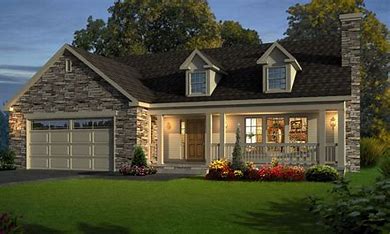The current state of housing affordability in America paints a grim picture, with many households struggling to afford median-priced homes. This predicament has been exacerbated by various factors, including the COVID-19 pandemic and subsequent economic shifts.
The pandemic, with its remote work mandates and historically low mortgage rates, ignited a housing boom, driving up home prices and rents significantly. However, the tide began to turn in mid-2022 when the Federal Reserve responded to high inflation by raising interest rates, leading to an uptick in mortgage rates. This tightening of monetary policy further exacerbated the housing affordability crisis.
According to a recent analysis by Redfin, the median household income falls almost $30,000 short of what is required to afford a median-priced home. To put this into perspective, prospective homebuyers now need an annual income of nearly $114,000 to afford a median-priced home, which is 35% higher than the median household income nationwide.
The stark contrast from just three years ago is evident, with households previously earning more than the amount needed to afford a typical home. In February 2021, the median household income exceeded the required amount by nearly $4,000. However, the situation has since deteriorated, with October 2023 marking the least affordable month in decades, characterized by a record gap between incomes and home prices.
Although there has been some improvement since October, with mortgage rates easing slightly, home prices continue to climb, rising 7% annually. The income needed to afford a median-priced home has also seen a significant uptick over the years, presenting a substantial challenge for prospective buyers.
However, the degree of this affordability crisis varies across metropolitan areas. While some cities like San Antonio have seen marginal increases in the income needed to afford a home, others like Anaheim have experienced a significant surge. Detroit stands out with households earning significantly more than what is required, whereas in Los Angeles, the typical household falls short by a considerable margin.
Despite these challenges, there is cautious optimism that the situation may improve as mortgage rates are expected to decline, albeit slowly. Nonetheless, addressing the widening gap between incomes and home prices remains a pressing issue that requires concerted efforts from policymakers and stakeholders alike.
